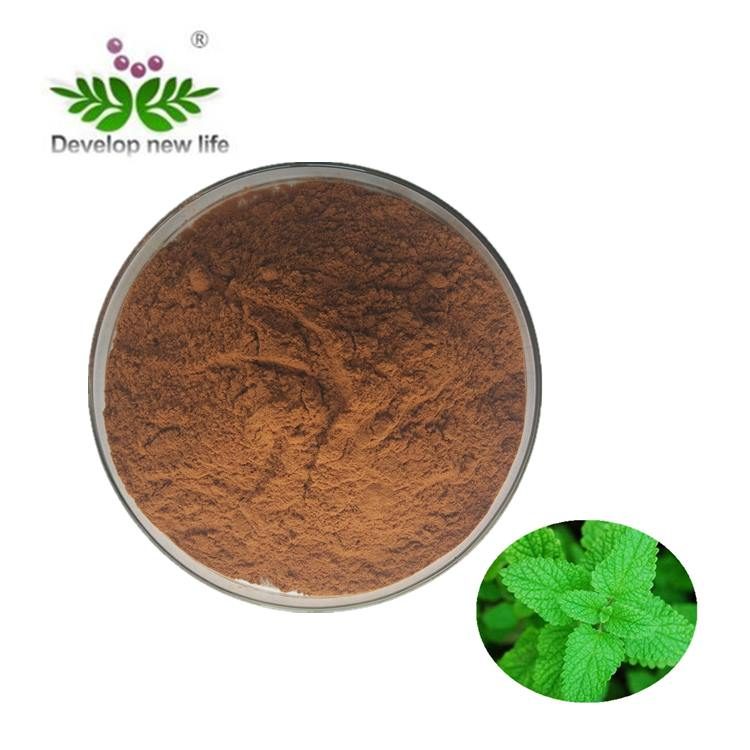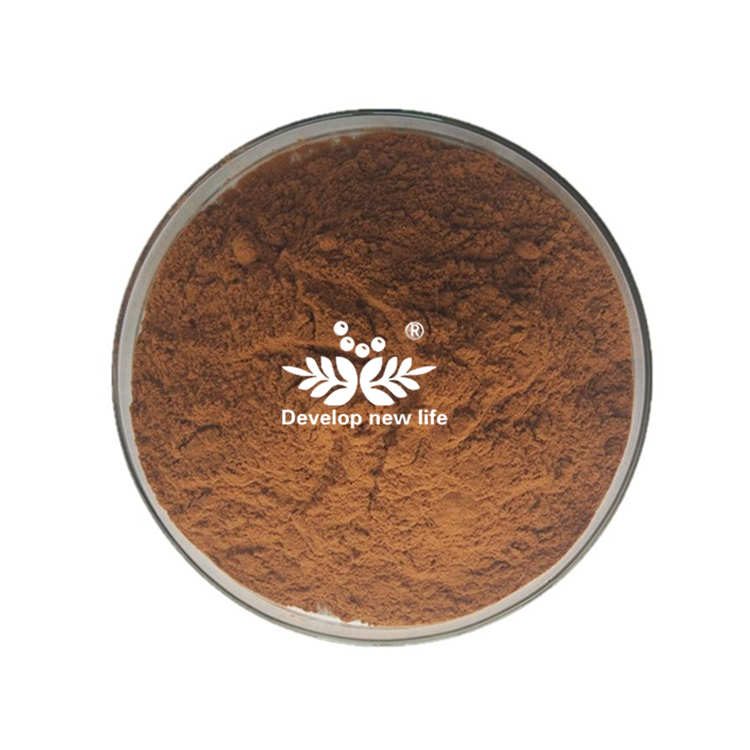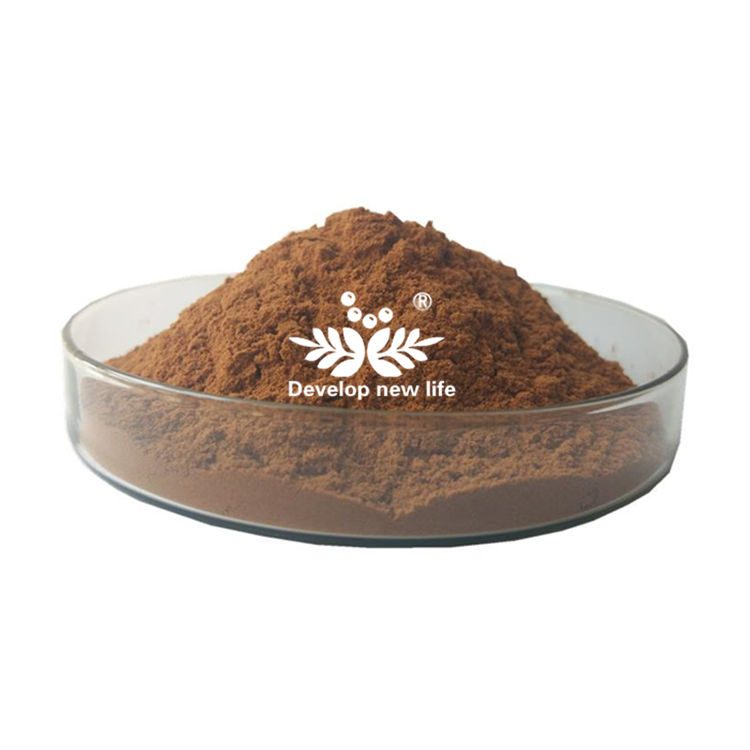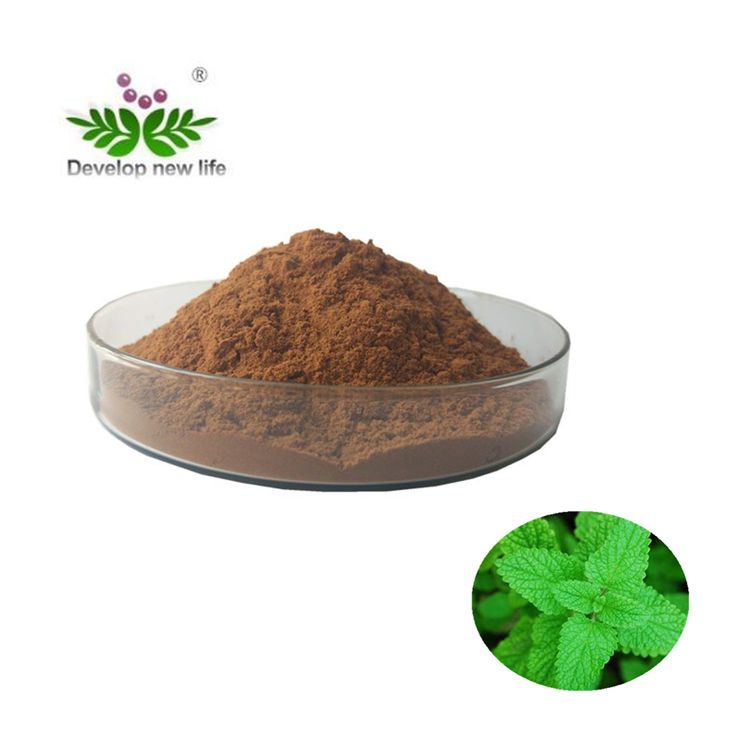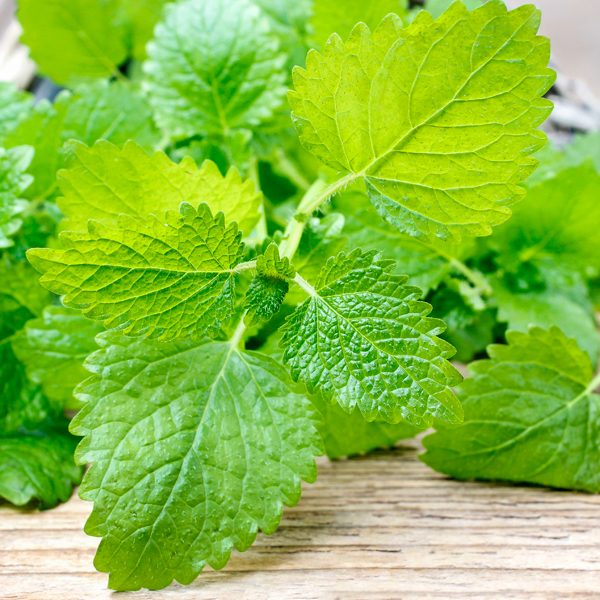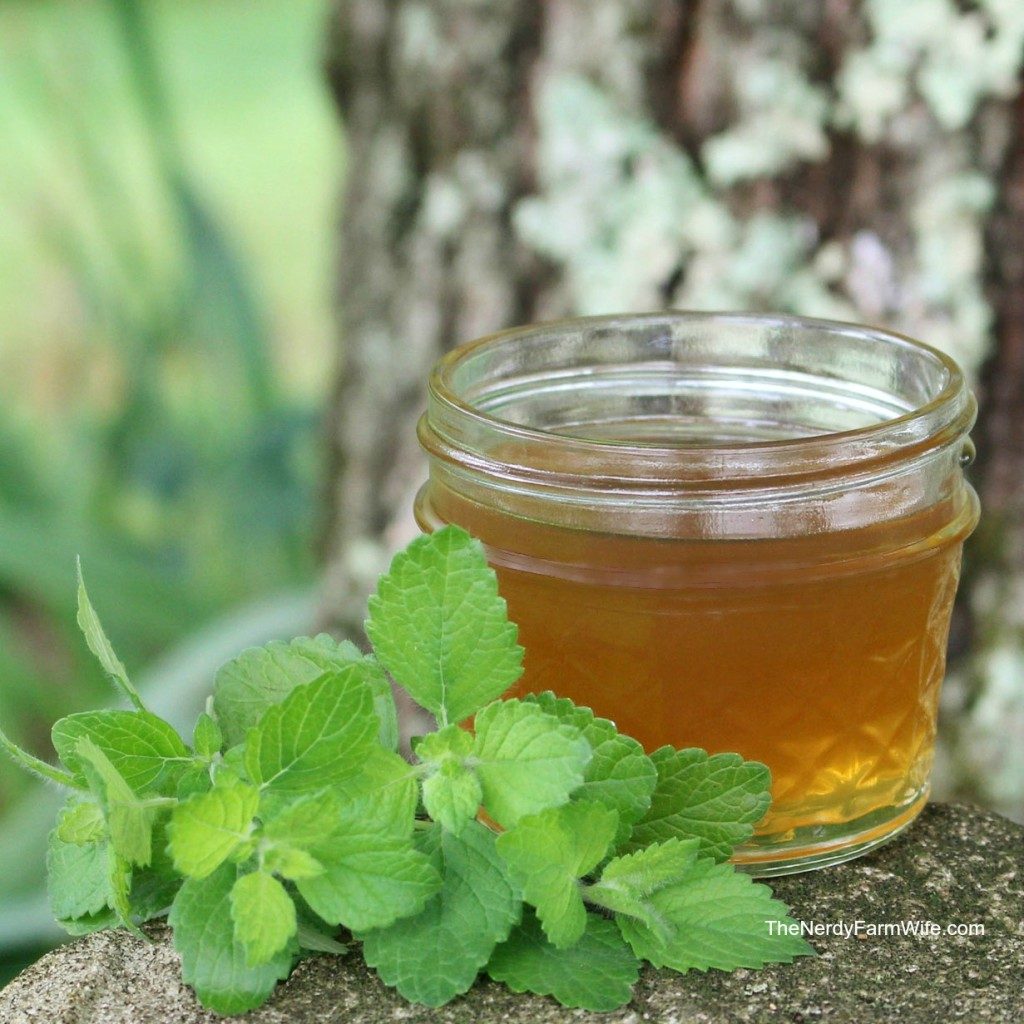Product Name | Lemon balm extract | Botanical Source: | Melissa officinalis L. |
Part Used | Herb | Assay: | Rosmarinic acid 1%,3%,5%,8%,12%,4:1,10:1,20:1 |
Appearance | Brown Yellow Fine Powder | Test Method | HPLC |
Production Description:
Used since ancient times to calm the heart and the body, lemon balm with its delicate lemony flavor uplifts the spirit and any culinary dish it is added to. It has been used to sweeten jam, jellies, as an addition to salad, and as a flavoring for various fish and poultry dishes and liqueurs. Further, lemon balm is used for making perfumes, in cosmetics, and in furniture polish manufacturing. It is often found as a tea in combination with other sedative herbs such as valerian, as an essential oil, and also in ointments for topical applications.
Lemon balm is used for digestive problems, including upset stomach, bloating, intestinal gas (flatulence), vomiting, and colic; for pain, including menstrual cramps, headache and toothache; and for mental disorders, including hysteria and melancholia.
Main Function:
1. Mild sedative, stress (anxiety) reduction and appetite improvment.
2. Modulate for mood and cognitive enhancement as well as sleep aid.
3. Pain relief, including menstrual cramps, headache and toothache.
4. Antioxidant and antitumor activity.
5. Antimicrobial, antiviral activity against a variety of viruses, including herpes simplex virus (HSV) and HIV-1.
Application :
1. Melissa Officinalis Extract, in foods and beverages, is widely used for flavoring.
2. Melissa Officinalis Extract, in health care product field, is used for promoting sleep and improving appetite.
3. Melissa Officinalis Extract, in pharmaceutical field, is frequently used as mild sedative agent to regulate mood and significantly increase calmness and alertness.
Package: Packed in Paper-Drum and two pieces of plastic bag inside. N.W.: 25kg/drum
Shelf life: 3 years according to storage condition.

